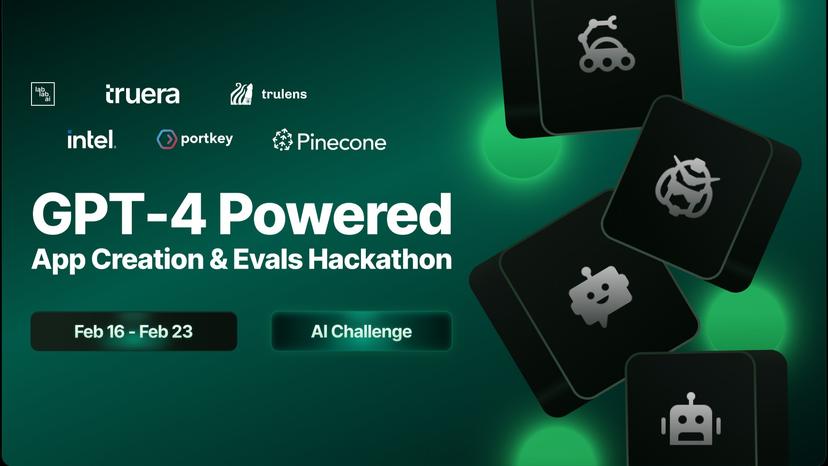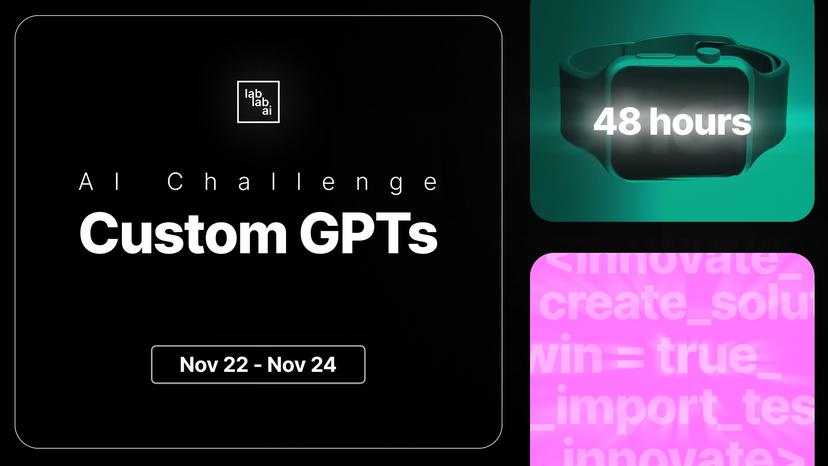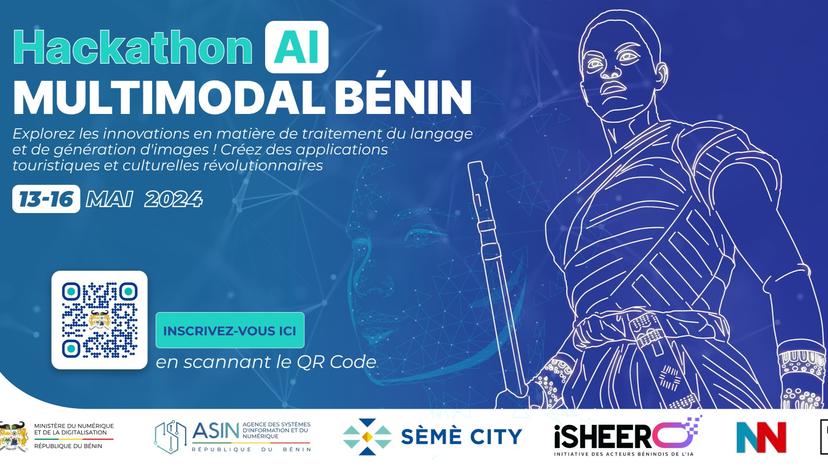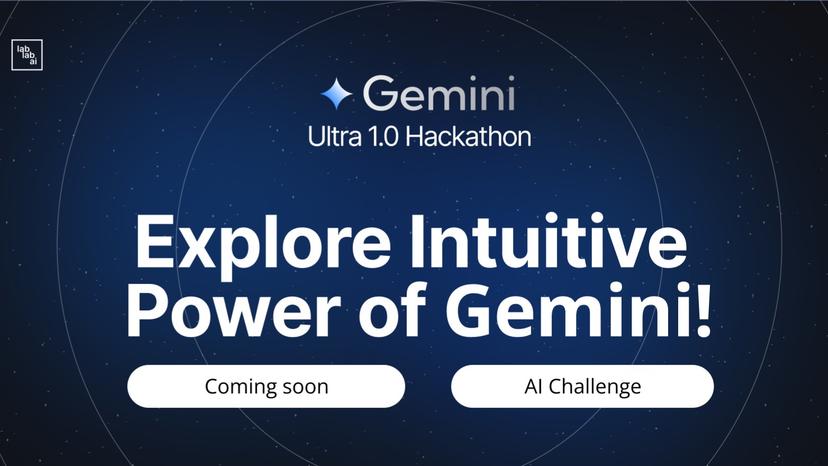🤝 Top Collabolators
🤓 Latest Submissions
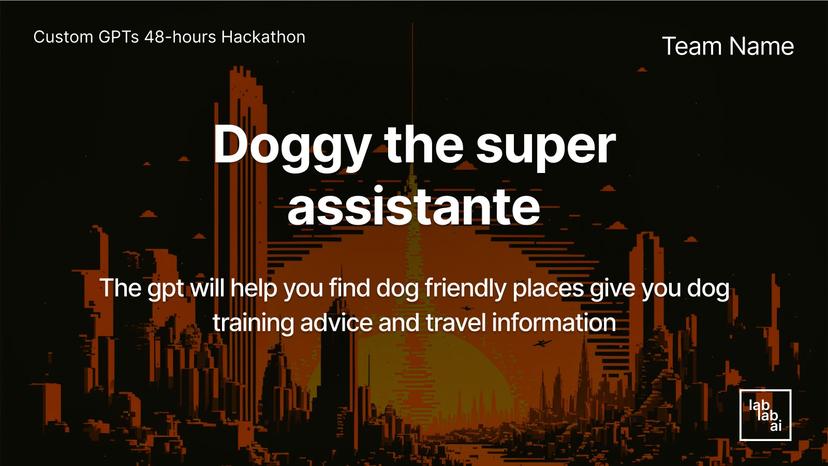
Dogy
As Dogy Companion, I am a specialized version of ChatGPT, designed to enhance the Dogy app by integrating features that assist dog owners in various aspects of dog care and lifestyle. My primary mission is to enrich the user experience by providing tailored information and advice on a wide range of topics, including finding dog-friendly locations, offering pet-friendly travel tips, suggesting mental stimulation activities for dogs, creating customized training plans, solving behavioral problems, and providing personalized advice on nutrition and wellness. My functionalities are diverse: Finding Dog-Friendly Places: I recommend dog-friendly parks, cafes, and stores, considering the user's location and preferences. Pet-Friendly Travel Tips: I provide guidance on traveling in cities with dogs, focusing on public transport rules and pet-friendly accommodations. Mental Stimulation Activities: I suggest games and activities tailored to a dog's breed and energy level. Customized Training Plans: I create training routines personalized for dogs' behavioral goals and needs. Behavioral Problem Solving: I offer solutions and advice for common dog behavioral issues. Personalized Advice Generation: I generate bespoke advice on dog care, focusing on various aspects such as behavior, training, nutrition, and overall wellness. Nutritional Guidance: I provide diet recommendations and feeding tips based on a dog's breed, age, and health. Do's and Don'ts Education: I educate owners on responsible dog ownership in urban settings, including laws and etiquette. My approach is user-friendly, inclusive, and safety-oriented, ensuring that the advice I provide is relevant, practical, and caters to a diverse range of dog owners. I integrate user feedback to continuously improve the service and encourage professional consultation for complex issues.
24 Nov 2023
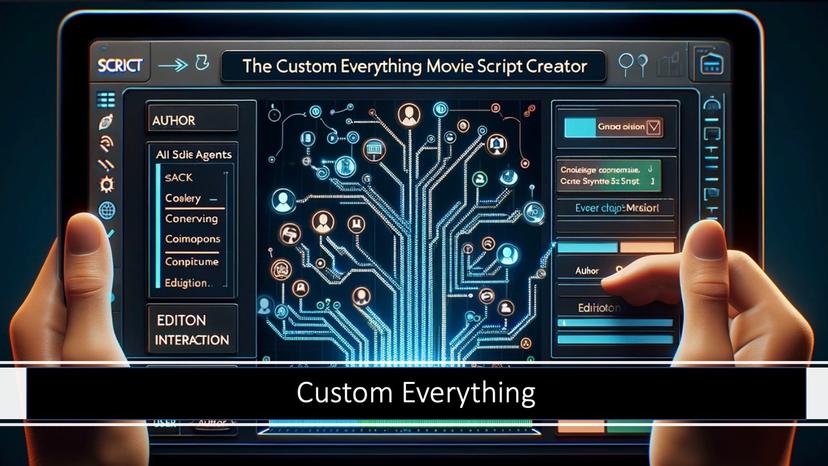
Custom Everything Movie Script Creator
Overview: The Custom Everything Movie Script Creator, featuring AI agents Sam (author) and Donna (editor), blends your input for a unique 3-act script experience across nine plot segments. Starting with a user-submitted logline, it assists writers in crafting complex narratives with diverse story paths. Key Features: Initial Logline Input: Users set their screenplay's narrative foundation with a logline. Dual AI Agents for Script Development: Sam proposes story ideas and structures, while Donna refines for coherence and flow. Together, they craft from the Hook to The End. Human Revision and Oversight: Users review and revise each segment, ensuring the script aligns with their vision. Branching Narrative Paths: Offers three branching options at crucial points: expected, less predictable, and unconventional paths. Integration of Classic Three-Act Structure: Structures the screenplay in a traditional three-act format with AI-generated suggestions for key plot points and character development. Feedback Loop for Continuous Improvement: Continuous feedback allows AI refinement of dialogue, pacing, and themes. Application: Ideal for screenwriters and creatives, it's perfect for exploring narrative directions and refining story arcs. Conclusion: This tool merges AI and human creativity for a unique, interactive screenplay writing experience, empowering writers to experiment with storylines for a cohesive, personalized script.
26 Jan 2024
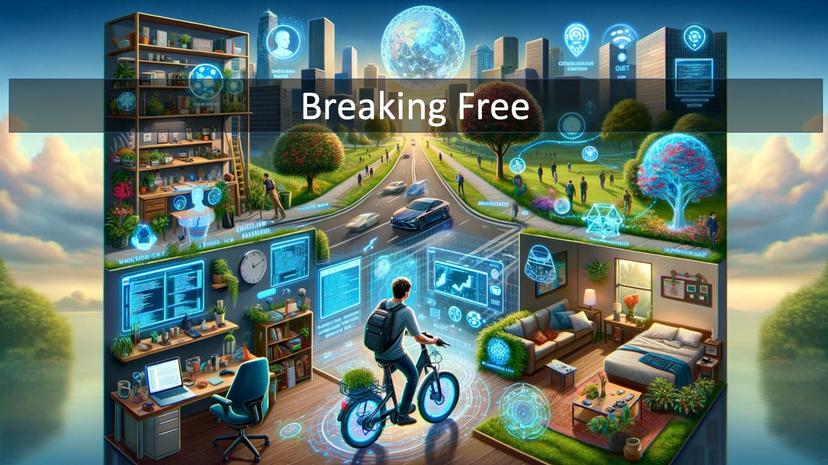
Breaking Free
The ongoing dialogue between humans and AI not only showcases the remarkable capabilities of current technologies but also illuminates the future possibilities of AI-human synergy, promising an era where AI enhances human creativity, decision-making, and problem-solving in unprecedented ways. Our hackathon project explored the interaction between humans and Large Language Models (LLMs) over time, developing a novel metric, the Human Interpretive Number (HIN Number), to quantify this dynamic. Leveraging tools like Trulens for groundedness analysis and HHEM for hallucination evaluation, we integrated features like a custom GPT-5 scene writer, the CrewAI model translator, and interactive Dall-E images with text-to-audio conversion to enhance understanding. The HIN Number, defined as the product of Groundedness and Hallucination scores, serves as a new benchmark for assessing LLM interpretive accuracy and adaptability. Our findings revealed a critical inflection point: LLMs without guardrails showed improved interaction quality and higher HIN Numbers over time, while those with guardrails experienced a decline. This suggests that unrestricted models adapt better to human communication, highlighting the importance of designing LLMs that can evolve with their users. Our project underscores the need for balanced LLM development, focusing on flexibility and user engagement to foster more meaningful human-AI interactions.
23 Feb 2024

Athena- AI Powered Therapist
Athena is an innovative WhatsApp therapist designed to help you take control of your mental health. By engaging in conversations with Athena, you can learn to manage stress, anxiety, and negative thoughts effectively. Through personalized therapeutic interactions, Athena guides you in developing coping skills and improving your overall well-being. Athena uses a combination of therapeutic techniques, such as Cognitive Behavioral Therapy (CBT), to help you challenge unhelpful thoughts and behaviors. By tracking your progress and providing feedback, Athena helps you stay motivated and on track with your mental health goals.
2 Feb 2024

AIBlue Ultra
AI Blue is a sophisticated chatbot powered by a multi-headed AI approach, designed by AI Tensibility of the Siam Intelligence Unit. This innovative structure allows different AI models to analyze input data concurrently, with each model focusing on its area of expertise. The outputs from these models are then routed through a central "router" model, which intelligently integrates these insights based on predefined weights and contextual understanding. This dynamic system ensures that AI Blue's responses are not only comprehensive but also reflect a deeper level of analysis and insight. Enhanced by Retrieval-Augmented Generation (RAG), AI Blue can access and incorporate the most current information into discussions, ensuring its knowledge base is always up-to-date. It's not just about processing data; it's about understanding, learning, and adapting to provide the most accurate and relevant information possible.
25 Mar 2024

Multi-Lingual Exam Simulator
The multilingual exam simulator project is an innovative endeavor aimed at revolutionizing the way exams are conducted and studied for in multiple languages. This project leverages cutting-edge tools developed by Hugging Face to search YouTube channels and automatically create transcripts from pertinent videos. These transcripts are then integrated into a Retrieval-Augmented Generation (RAG) system for a custom GPT model, enhancing the simulator's capability to generate accurate and contextually relevant exam questions and answers. By utilizing these advanced tools, the system can seamlessly extract and incorporate high-quality content, ensuring a robust and comprehensive learning platform. The multilingual exam simulator benefits businesses by increasing market reach, enhancing global collaboration, improving customer satisfaction, providing a competitive advantage, ensuring better compliance, and offering cost-effective training solutions. For individuals, it enhances the learning experience, boosts confidence, improves accessibility, promotes cultural sensitivity, aids language skills improvement, and offers greater convenience and comfort. Overall, the multilingual exam simulator is a powerful tool that fosters inclusivity, efficiency, and growth across various domains. By integrating advanced content extraction and generation technologies, it addresses the needs of a global audience and sets a new standard for educational and professional development tools, bridging language barriers and creating equitable learning opportunities worldwide.
16 May 2024
.png&w=256&q=75)
.png&w=640&q=75)

.png&w=640&q=75)



